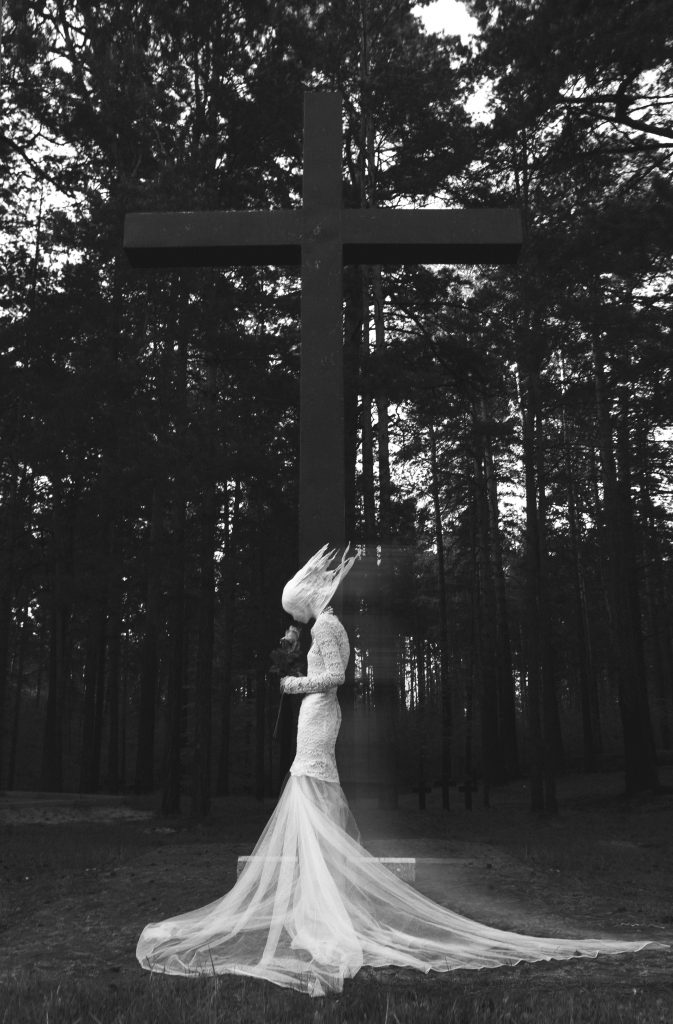
The jardin à la française evolved from the French Renaissance garden, a style that was inspired by the Italian Renaissance garden at the beginning of the 16th century. The Italian Renaissance garden, typified by the Boboli Gardens in Florence and the Villa Medici in Fiesole, was characterized by planting beds, or parterres, created in geometric shapes, and laid out symmetrical patterns. The English landscape garden, also called English landscape park or simply the English garden is a style of “landscape” garden which emerged in England in the early 18th century, and spread across Europe, replacing the more formal, symmetrical French formal garden. The English garden presented an idealized view of nature. Created and pioneered by William Kent and others, the “informal” garden style originated as a revolt against the architectural garden and drew inspiration from paintings of landscapes by Salvator Rosa, Claude Lorrain, and Nicolas Poussin. This little bit of history directly brings me to the topic at hand: Alnwick Garden. The gardens have a long history under the dukes of Northumberland, but fell into disrepair until revived at the turn of the 21st century. A garden featuring intoxicating and poisonous plants was added in February 2005. The garden was thought of by Jane Percy, Duchess of Northumberland, who wanted the garden to have something that was different from other gardens. Species of the Poison Garden include Strychnos nux-vomica (source of strychnine), hemlock, Ricinus communis (source of harmless castor oil but also deadly ricin), foxglove, Atropa belladonna (commonly called Deadly Nightshade), Brugmansia and Laburnum. The mission of the Poison Garden also includes drug education, with featured plantings of cannabis, coca and the opium poppy Papaver somniferum.The poison garden is now one of the main reasons that people visit the gardens. A visit to the Poison Garden requires expert supervision. After following a tour guide past the black Iron Gate adorned with skulls and crossbones, guests can admire the plants inside—as long as they keep a safe distance. An accidental brush with giant hogweed can cause serious burns and extreme sun sensitivity for up to seven years. Eating a few berries from the belladonna plant is enough to kill a child. Ingesting henbane triggers hallucinations, and inhaling its putrid scent causes lightheadedness. Visitors are forbidden from smelling the plants, but 20 to 30 people still pass out in the garden each year. “I think it’s one of the only poison gardens in the world. To me, that doesn’t make sense,” Duchess of Northumberland told Mental Floss in 2021. “If you’re trying to educate, which we are, you grab children’s attention with how a plant kills, and how gruesome the death is, and how painful it is, and whether you vomit before you die. You know, the whole process.” And if you think this type of a garden is rare, think again. Currently there are roughly 10 poison gardens around the world and those are that we know of. Next time you go frolicking in the garden consider yourself warned.
Story by Gabriella Forema.

